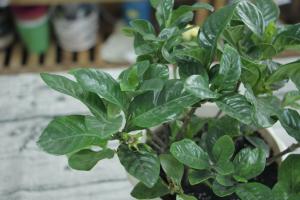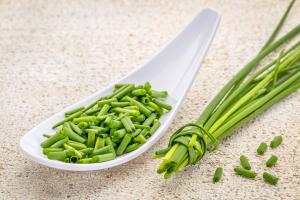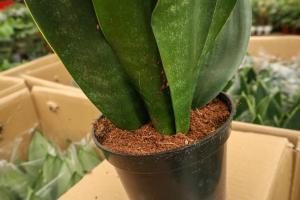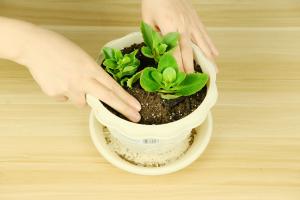Can you plant Japanese millet in water?
Japanese millet is a common cereal grain that is widely grown in Asia, Africa, and other parts of the world. It has many uses, including as a source of food, feed for livestock, and wildlife habitat. One question that often arises among farmers and gardeners is whether it is possible to plant Japanese millet in water. In this article, we will explore this topic and provide you with some valuable insights.
The basics of Japanese millet
Japanese millet is an annual crop that belongs to the family Poaceae. It is a warm-season grass that is typically grown during the summer months, and it requires about 90-120 days to mature. It can grow up to eight feet tall and has a fibrous root system that helps it to withstand drought and waterlogging. The plant produces clusters of small, round seeds that are used for food or birdseed.
Can you plant Japanese millet in water?
Yes, you can plant Japanese millet in water, but only under specific conditions. Unlike rice or other aquatic plants, it cannot grow entirely submerged in water for an extended period. The water must be shallow, with a depth of only a few inches or less. Additionally, the soil or planting medium that you use must hold water well and have enough nutrients to support plant growth.
The best way to plant Japanese millet in water is to use a container or tub filled with a nutrient-rich, soilless growing medium like coco coir or peat moss. Fill the container with water, leaving only a few inches of air space at the top. Then, scatter the Japanese millet seeds over the surface of the growing medium and press them lightly into the soil. Keep the water level consistent and maintain the temperature between 78 to 90°F to ensure optimal growth.
What are the advantages of planting Japanese millet in water?
Planting Japanese millet in water has several advantages. Firstly, it provides an additional growing option for areas with limited soil or where soil fertility is low. Secondly, it allows for more control over the growing conditions, such as the pH level and nutrient concentration. Additionally, it may be used to create a green cover for a fish pond or to provide food and shelter for waterfowl.
Final Thoughts
In conclusion, planting Japanese millet in water is possible and has various advantages. However, it requires specific growing conditions, particular soil, and a shallow water depth. With these conditions met, Japanese millet can grow well in a water garden or a fish pond, providing an additional source of plant-based protein for birds and animals.

 how many times do yo...
how many times do yo... how many planted tre...
how many planted tre... how many pine trees ...
how many pine trees ... how many pecan trees...
how many pecan trees... how many plants comp...
how many plants comp... how many plants can ...
how many plants can ... how many plants and ...
how many plants and ... how many pepper plan...
how many pepper plan...
































